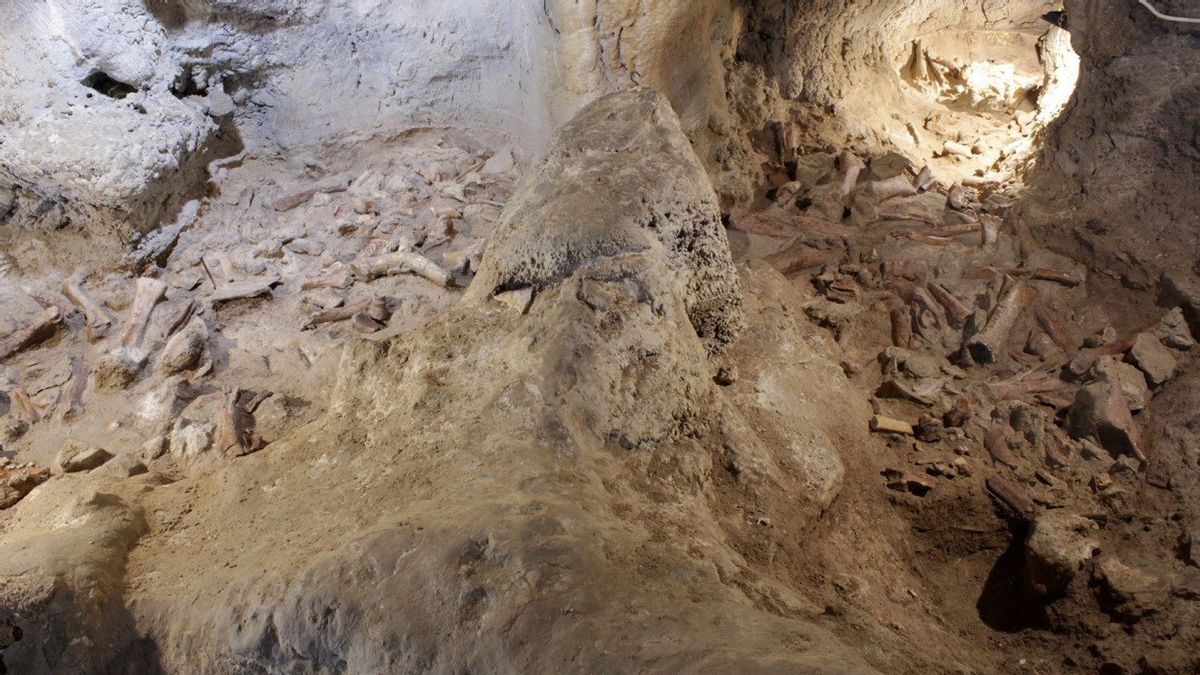JAKARTA - A group of archaeologists led by Francesco Di Mario, has recorded a valuable discovery of the prehistoric cave Grotta Guattari, which archaeologists have long believed was once occupied by a sizable population of ancient times.
The discovery includes the ancient remains of nine Neanderthals, a herd of hyenas and several aurochs, large cows that went extinct alongside past life at the site located about 100 metres from the Tyrrhenian Sea coast at San Felice Circeo, near Latina, in the Lazio region of Italy.
"This is an amazing discovery. The whole world will talk about it," Italian Culture Minister Dario Franceschini told CNN.
In its statement the Italian Ministry of Culture said eight fossils were found between 50,000 and 68,000 years ago. While one of the oldest, is predicted to be between 90,000 and 100,000 years ago.
Video footage from the ministry showed bones, skulls and other body parts found at one of Europe's historic sites.
Neanderthals, the closest relatives of ancient humans, went extinct about 40,000 years ago. It is unclear what killed them, although the theory includes the inability to adapt to climate change and increased competition from modern humans.
"Considering the other remains found earlier at the same site, there are a total of 11 people in Grotta Guattari, which is "confirmed as one of the most important places in the world for Neanderthal human history," the ministry said, according to Reuters.
"They are all adult individuals, except one who may be in their early teens," explained Francesco Di Mario.
Although extinct about 40,000 years ago, interest in Neanderthal history increased as dna tests at home detected traces of Neanderthal DNA in some people.
The San Felice Circeo area is now one of the most important discoveries in the study of ancient humans and the cave offers time capsules that include clues to the history of humans and animals.
Francesco Di Mario said that his next job is to learn about the life of ancient man. In addition, they will also study cave sediment by paying attention to ancient climate change, which is thought to have contributed to the death of Neanderthal species.
Further excavations are expected to lead to the discovery of everyday life support tools and other clues about neanderthal ancient life.
"This will help us understand climate change that occurred between 120,000 and 60,000 years ago through the study of animal species and pollen," said archaeologist Mario Rolfe of Tor Vergata University in Rome.

The English, Chinese, Japanese, Arabic, and French versions are automatically generated by the AI. So there may still be inaccuracies in translating, please always see Indonesian as our main language. (system supported by DigitalSiber.id)













